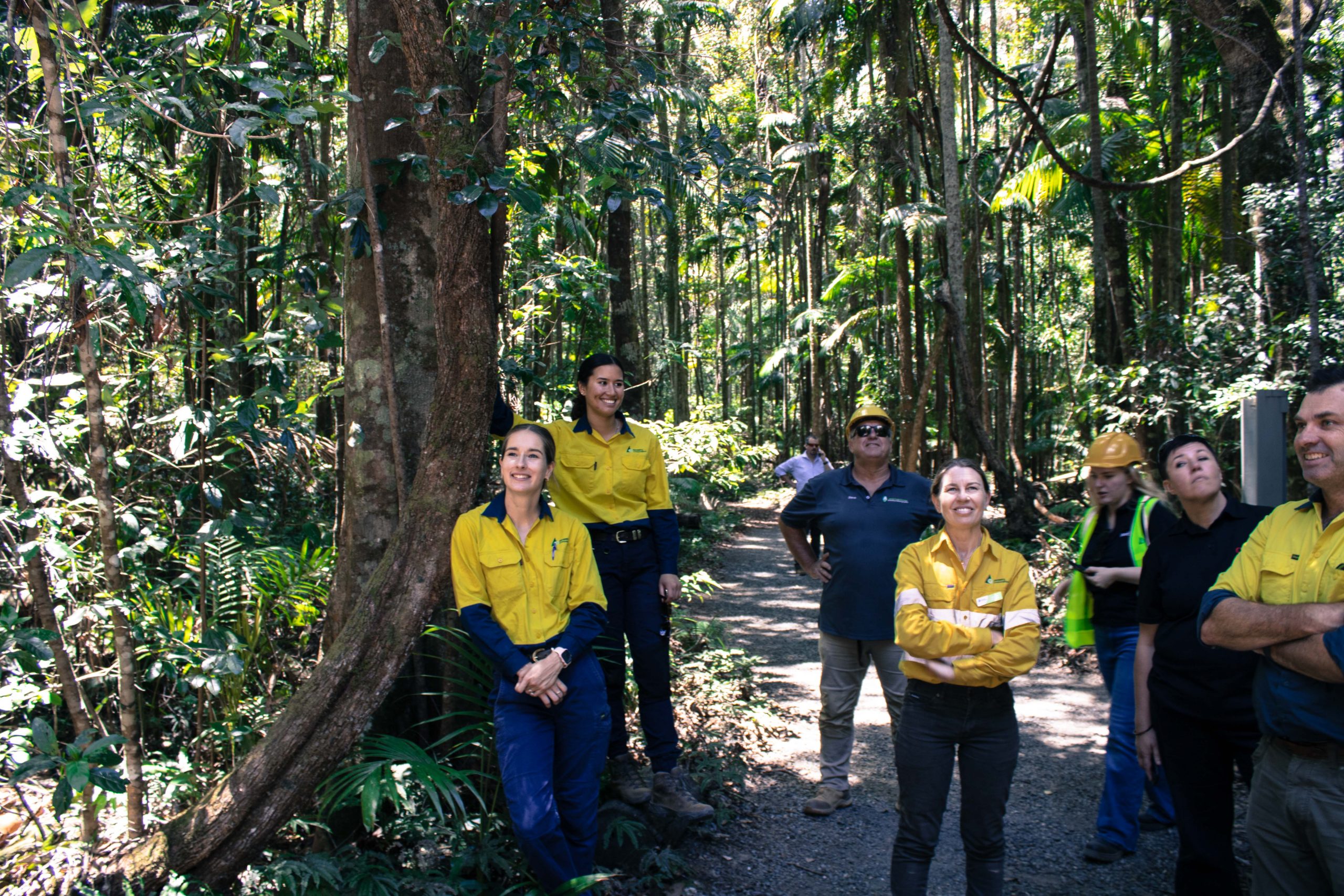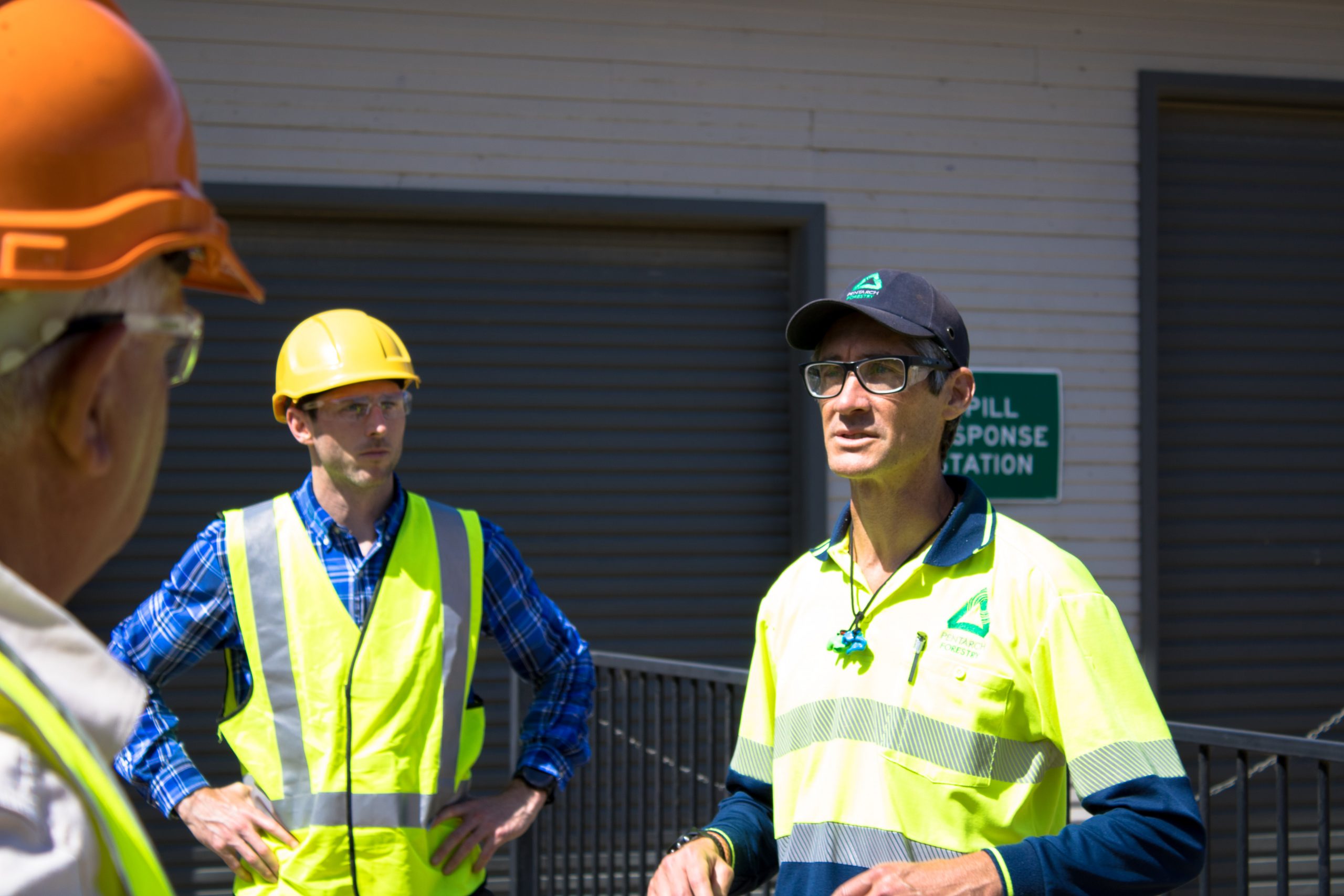Forest certification is a voluntary procedure in which an impartial third party, known as the “certification body,” evaluates the quality of forest management and production based on a set of predetermined requirements, referred to as “standards,” established by a public or private certification organisation. The purpose is to provide consumers with information regarding the sustainability of the forests that have been utilised for the production of wood and other forest-related products.
There are two primary types of certification:
- Forest management certification: This type of certification evaluates whether forests are being managed in accordance with a specific set of standards. It examines various aspects of forest management, such as economic, social, environmental, and technical factors. Furthermore, it considers the well-being of both workers and families residing in or around the certified forest area.
- Chain-of-custody certification (sometimes known as CoC certification): This certification ensures that certified materials are distinguished and kept separate from non-certified or uncontrolled materials throughout the entire production process, starting from the forest and extending to the final consumer. To label a finished product as certified, both forest management certification and chain-of-custody certification are required.
By obtaining certification, companies demonstrate their commitment to sustainable practices and responsible sourcing of forest resources. This process assures consumers that the products they purchase have been derived from well-managed forests, promoting environmental conservation and supporting socially and economically beneficial forestry practices.
Forest Management Certification for Forest Owners
Responsible Wood Certification has been successfully achieved by hundreds of thousands of forest owners worldwide, ranging from community forests to large company-owned forests. By obtaining Responsible Wood sustainable forest management certification, you can provide reassurance that your forests are managed in accordance with rigorous environmental, social, and economic requirements, achieving a balanced approach that priorities people, planet, and profit.
Forest management is a long-term endeavour, often revealing the benefits of good practices after several decades. With Responsible Wood sustainable forest management certification, you receive independent recognition for your responsible management practices in the present, offering numerous advantages.
For small forest owners, we offer a group certification approach tailored to your needs. This alternative method allows multiple forest owners to obtain certification as a collective, enabling you to organise yourselves, combine resources, and collaborate as a team to achieve certification. Specifically designed for small, family, and community-owned forests, this approach ensures that Responsible Wood certification remains affordable and practical for you.

Supply chain companies and end users
Responsible Wood offers worldwide availability of chain of custody certification, welcoming all companies engaged in the manufacturing, processing, trading, or selling of forest-based products. The Responsible Wood chain of custody certification ensures that the certified forest-based materials used in a product originate from sustainably managed forests, providing independent verification and assurance.
This certification empowers you to showcase your commitment to legal and sustainable sourcing of forest products to your customers. It offers a range of benefits that contribute to the environment, society, and your business’s financial performance. These advantages include access to new markets and compliance with relevant legislation.
Responsible Wood provides tailored chain of custody certification options to cater to different needs. For small companies, Responsible Wood offers group certification, a practical solution that makes chain of custody certification feasible. Construction companies can opt for Responsible Wood project certification, demonstrating their choice to utilise Responsible Wood-certified timber in their projects. Furthermore, organisations with chain of custody activities in multiple locations can obtain certification for all their sites under a single certificate through Responsible Wood multi-site certification.

The Steps of Certification
The process of forest certification typically involves several stages and requires the active participation of forest owners, managers, and auditors. The main steps in the certification process are as follows:
- Pre-assessment: Forest owners or managers engage with certification bodies or auditors to determine their readiness for certification. This involves an initial evaluation of the forest management practices and documentation against the applicable certification standards.
- On-site assessment: An independent auditor conducts a thorough on-site assessment of the forest management practices, including field inspections, interviews, and document reviews. The auditor verifies compliance with the certification standards and identifies any areas that need improvement.
- Certification decision: Based on the findings of the on-site assessment, the certification body makes a certification decision. If the forest meets the requirements, a certificate is issued, indicating that the forest is certified. The certificate is usually valid for a specific period and subject to regular audits to ensure continued compliance.
Frequently Asked Questions (FAQs)
Is sustainable certification applicable to all types of forests?
Sustainable forest certification can be applied to various types of forests, including natural forests, plantation forests, and managed forests. The certification standards may vary based on the forest type and regional context.
How can consumers identify certified forest products?
Certified forest products are often labeled with a certification logo or mark, such as the Responsible Wood or PEFC logo. Consumers can look for these labels when purchasing wood, paper, or other forest-based products to ensure their sustainability.
What is the role of governments in sustainable forest certification?
Governments play a crucial role in the implementation and oversight of sustainable forest certification initiatives. Here are some key aspects of their role:
- Governments establish policies and regulations that support the adoption of sustainable forest management practices. These policies provide a legal framework for certification programs to operate and ensure that certified forests adhere to environmentally responsible practices.
- They enact laws that govern aspects of forestry, such as land use, logging, and conservation. They can require or incentivise forest owners and managers to participate in certification programs as a way to ensure compliance with sustainable practices.
- Collaborate with relevant stakeholders, including environmental organisations, industry representatives, and local communities, to develop comprehensive and internationally recognised standards for sustainable forest management and certification.
- Recognise and endorse specific forest certification schemes that align with their sustainability goals. This endorsement boosts the credibility and acceptance of these schemes within the industry and among consumers.
- Governments have the authority to monitor and enforce compliance with sustainable forest management practices outlined by certification programs. They can conduct audits and inspections to ensure that certified forests are meeting the required standards.
- Governments can require certified forest owners to regularly report on their activities, environmental impacts, and adherence to sustainable practices. This transparency ensures accountability and helps maintain the integrity of certification programs.
- Offer incentives such as tax breaks, grants, or market access to certified forest products, encouraging more forest owners to adopt sustainable practices and seek certification.
- Facilitate dialogue among stakeholders, including industry players, indigenous communities, NGOs, and academia, to ensure that the concerns and interests of all parties are considered in the development and implementation of certification programs.
- Governments participate in international discussions and agreements related to sustainable forestry and certification. They contribute to global efforts to combat illegal logging, promote responsible trade in forest products, and address deforestation and climate change.










